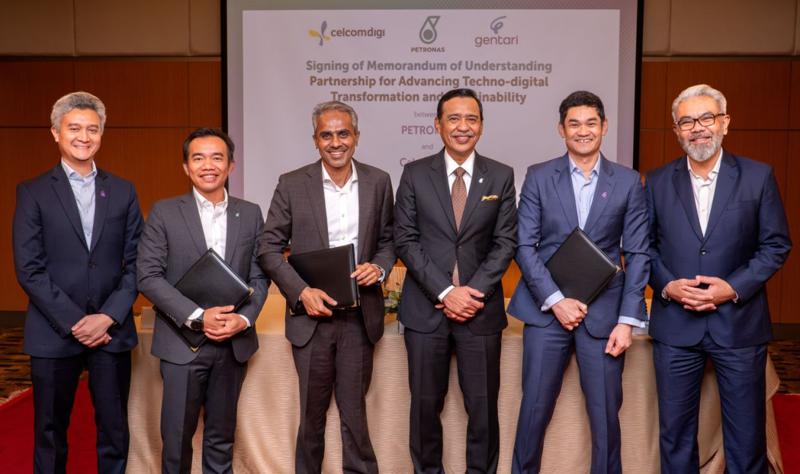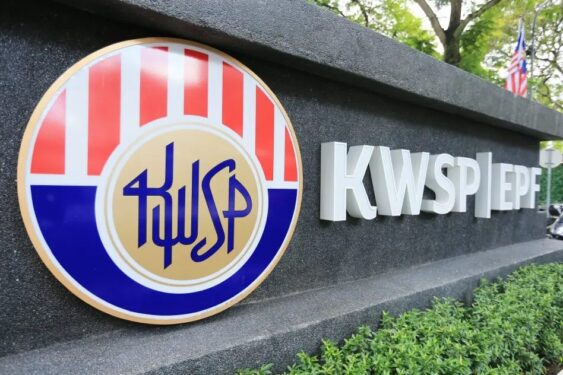By Julian Tan Kok Ping
THE recent intrusion by China is a major concern as history suggests China could escalate the stand-off with further deployments. Just as it is with this incident, an escalation from the previous stand-off happened on the Nov 19 last year.
In the November 2020 incident, the China Coast Guard (CCG) ship 5204 harassed a drilling rig and its supply ships operating just 44 nautical miles from Malaysia’s Sarawak State and came to within two nautical miles of the rig.
CCG 5204 is a 2,700-tonne Zhaojun-Class patrol cutter.
According to Asia Maritime Transparency Initiative (AMTI), at just over 40 nautical miles from Sarawak, this is the closest to shore they had ever documented such Chinese activity.
The Royal Malaysian Navy (RMN) was swift to act and mobilised to intercept the CCG and guard over Malaysia sovereignty, but only after several days of manoeuvring around each other at close range.
Between 2016 and 2019, China’s Navy and Coast Guard encroached into Malaysia’s Exclusive Economic Zone (EEZ) 89 times. The Malaysian Foreign Ministry made six diplomatic protests to China during that period, all to no avail. Suffice to say, and there will be no different this time.

As for the June 1 encroachment, 16 Chinese military aircraft flew over two busy and active Flight Information Region (FIR). Namely, the Singapore FIR and Kota Kinabalu FIR without prior communication of intention nor responding to call is anything but safe.
Regrettably, response from the Chinese Embassy in Kuala Lumpur severely played down the incident.
Here are some concerns over the breach of Malaysian sovereignty and airspace:
- Firstly, compromising the safety over commercial airspace: The formation flight of 16 PRC military aircrafts over the two FIRs did not operate according to the principles and objectives outlined in ICAO’s coordinated international standards and recommended practices (SARPs). No flight plan was filed, no prior communication on the flight intention, and worse of all, deliberately ignore calls by air traffic controllers (ATCs) from the respective FIR.
- Secondly, disrupt the confidence of commercial flight over the airspace in the said region: Will China pull the same stunt in the future without adhering to safe international practices over active commercial airspace as outlined by ICAO? Prior to the COVID-19 pandemic, based on 2018 daily traffic provided by ICAO, there are over 180 daily flights within the vicinity of airspace encroached by the 16 Chinese military aircraft.
Even at much reduced daily flight due to the pandemic, it is still a major active commercial airspace connecting major cities. We have started to see travel recovering in stages amidst the rapid vaccination.
- Thirdly, breach of the Malaysian airspace and sovereignty: At only 60 nautical miles (110km) of Sarawak, it is a clear violation of Malaysian airspace and within the internationally recognise Malaysia maritime zone.
- Fourthly, risk of escalation over the region: The close quarters and provocative encountering risk accidental collision could lead to conflict, especially if this involved naval vessels and military aircraft called over to intercept and investigate the intrusion.
- Lastly, China increases assertion over the region: That both incidents occurred 44nm and 60nm from Malaysia’s shore is a significant provocation and warrants our serious attention. The official response from the PRC, “…China is willing to continue bilateral friendly consultations with Malaysia to jointly maintain regional peace and stability” is an overstatement.
Clearly, China is making a strong stand over its territorial claim when it responded by saying “… Chinese military aircraft strictly abided by the relevant international law and did not enter the territorial airspace of any other country…”.
China has recently declined US invitations over the use of Code for Unplanned Encounters at Sea (CUES) in the South China Sea, signalling a limited interest in reducing tensions in the current environment. China further dismissed legal ruling handed down by the Permanent Court of Arbitration (PCA) which ruled that China’s “nine-dash line” claim had no validity under the United Nation Convention on the Law of the Sea (UNCLOS).

The Malaysian Government’s modernisation programme on its Department of Defence (DoD) to close the gap on technology and capability must be a continuous effort. More urgent, we need to joint hand with like-minded ASEAN members to assert the conclusion of the long-awaited Code of Conduct (COC) on the South China Sea (SCS). It’s high time to put pressure on the conclusion of COC before the end of 2021.
ASEAN members must present a united front and take the stage on the SCS to maintain “peace, stability, and security”. ASEAN members should be wary of any attempt, be it from outside or from within, to divide and rule to prevent its members from closing ranks behind the legal process over the region.
China is the only clear winner over the delay. China has since solidified its presence with the establishment of an Air Defence Identification Zone and military bases in the SCS.
It is also unequivocally critical for ASEAN members to meet with China to assess and revisit CUES over the SCS. The 16 Chinese military aircraft encountered raises the urgency to establish a specific annex for air-to-air encounters over the SCS.
We may expect more of such encounters as China started to flex its wings from its airstrip over the Spratly Islands. CUES does not decrease the number of incidents nor change the underlying power struggle over the SCS.
However, it is the Rules of Behaviour for the Safety of Air and Maritime Encounters. These de-escalation tools will prevent untoward accidents to lower the risk of incidents in the South China Sea that might unintentionally engender the use of force. – June 6, 2021
Julian Tan is the former MP for Stampin. He is also an aerospace and defence engineer and consultant who is currently doing his post-graduate research specialising in drone technology.
The views expressed are solely of the author and do not necessarily reflect those of Focus Malaysia.
Photo credit (main): Bakamla – Indonesia’s Maritime Security Agency










